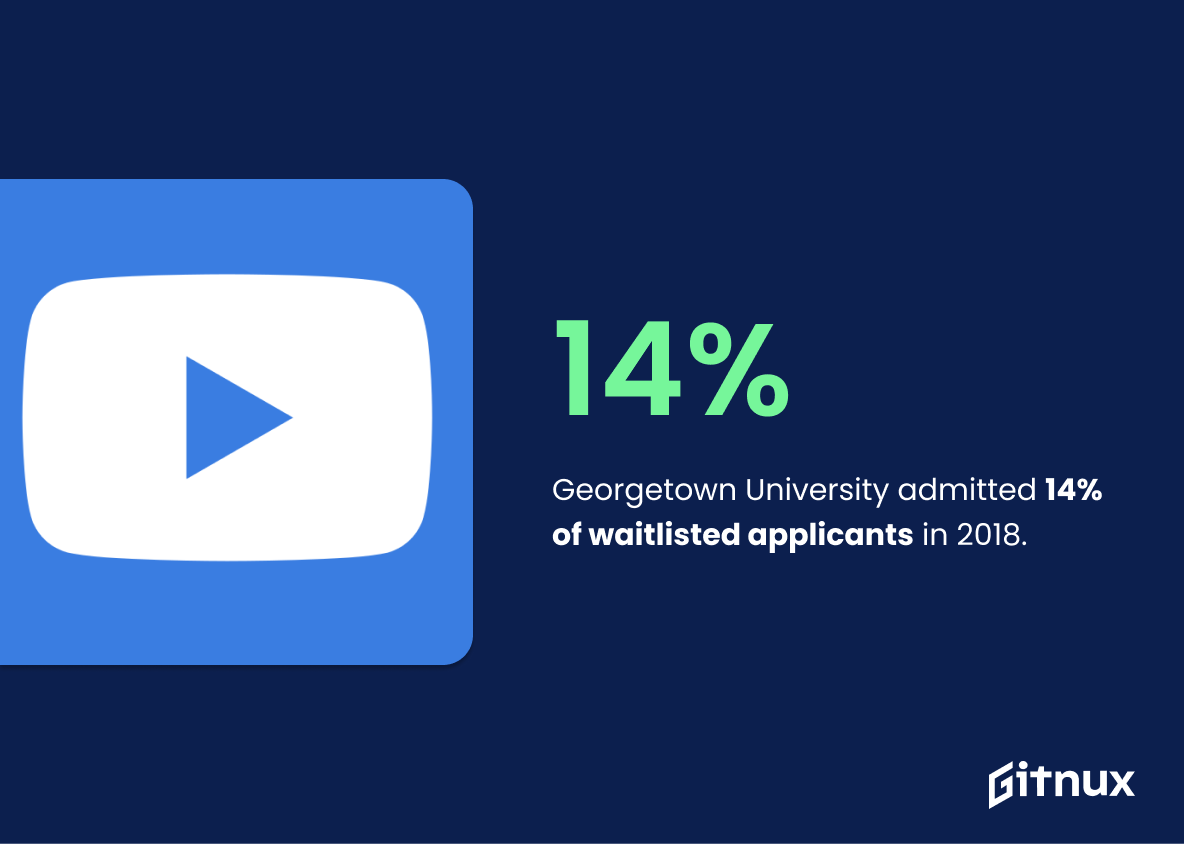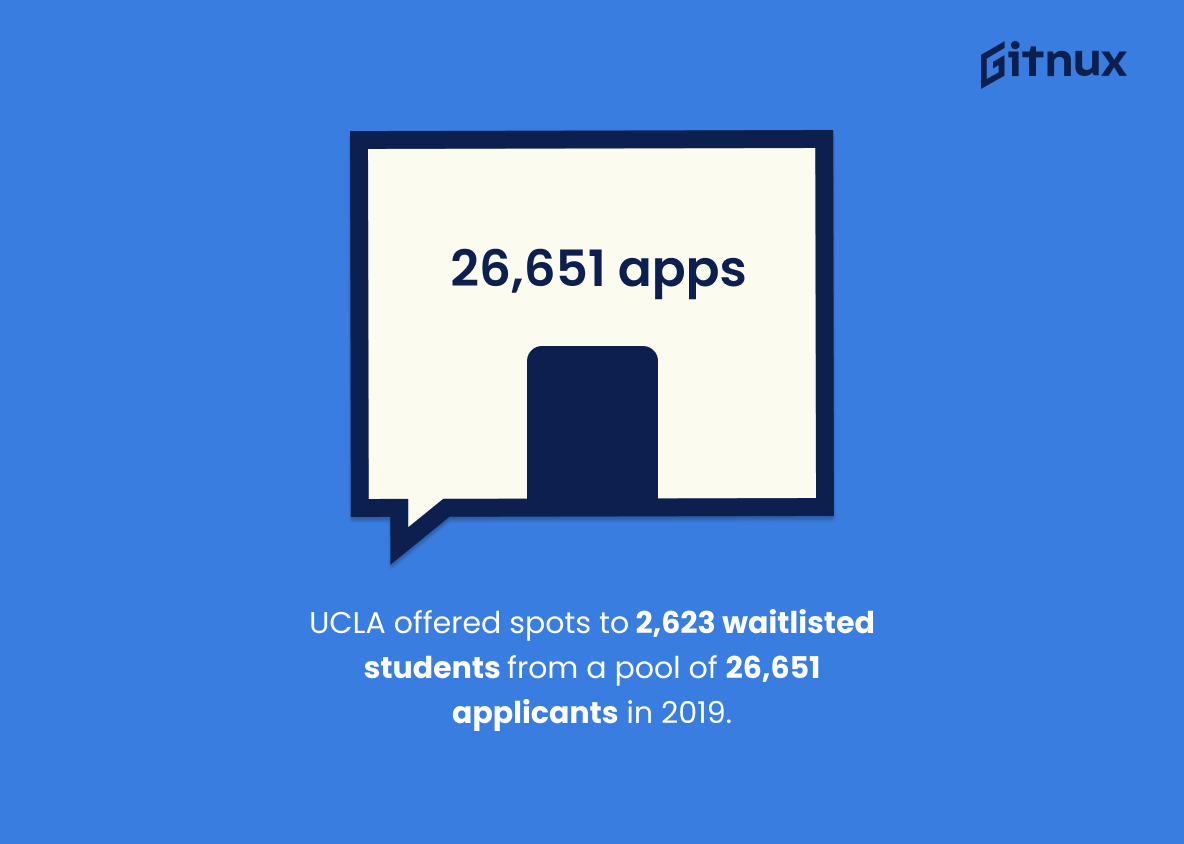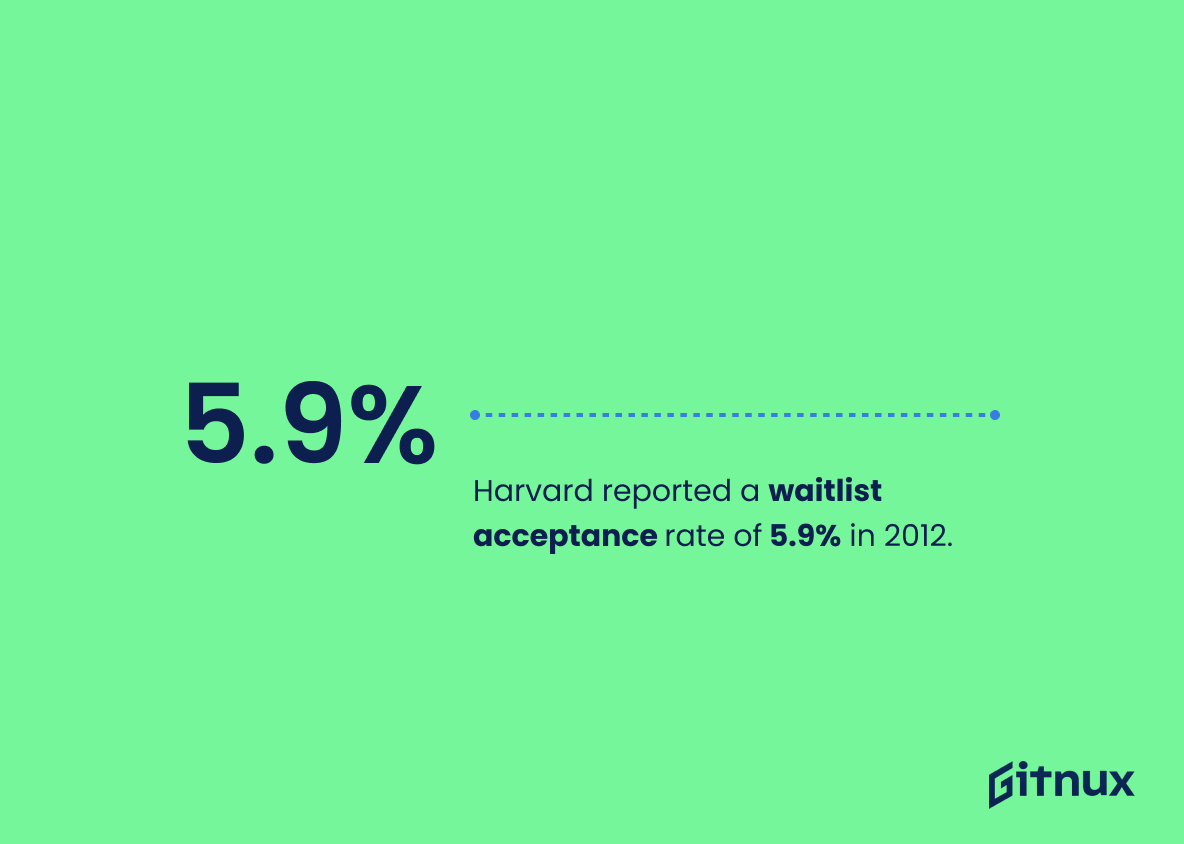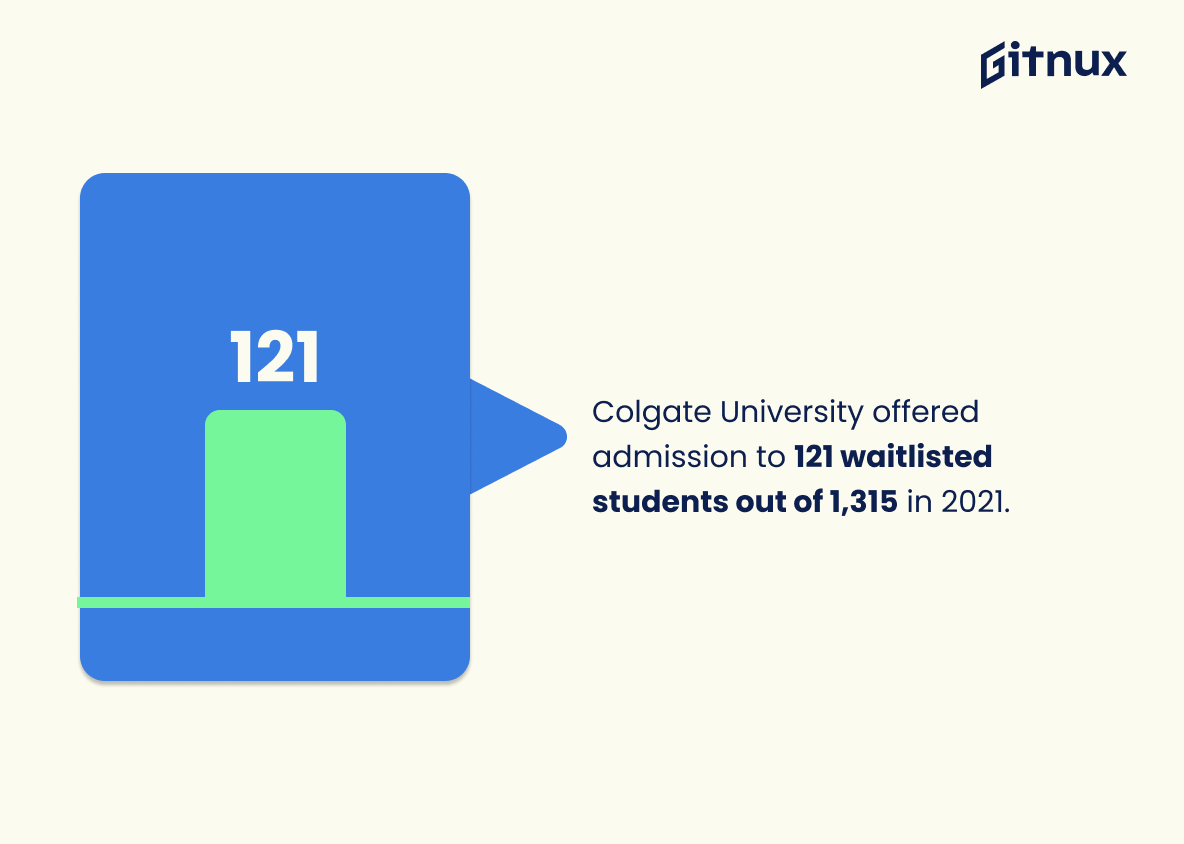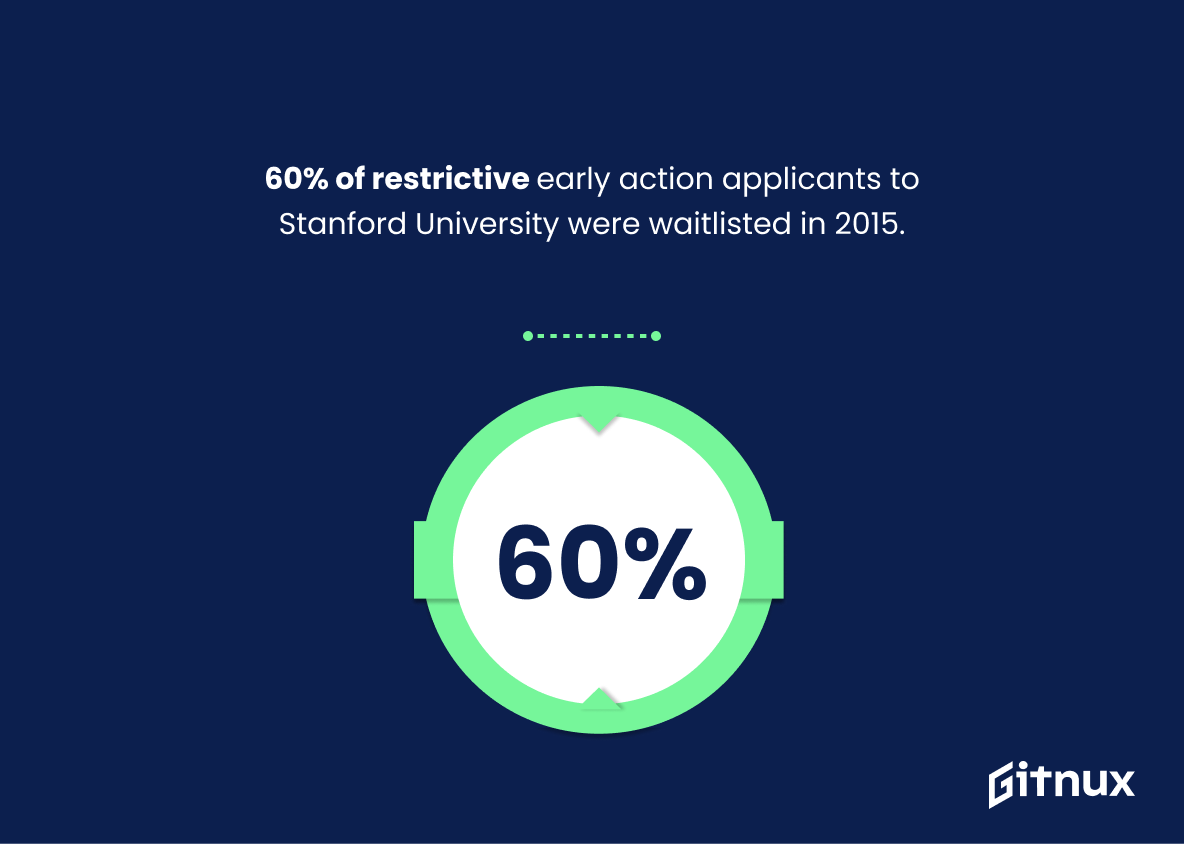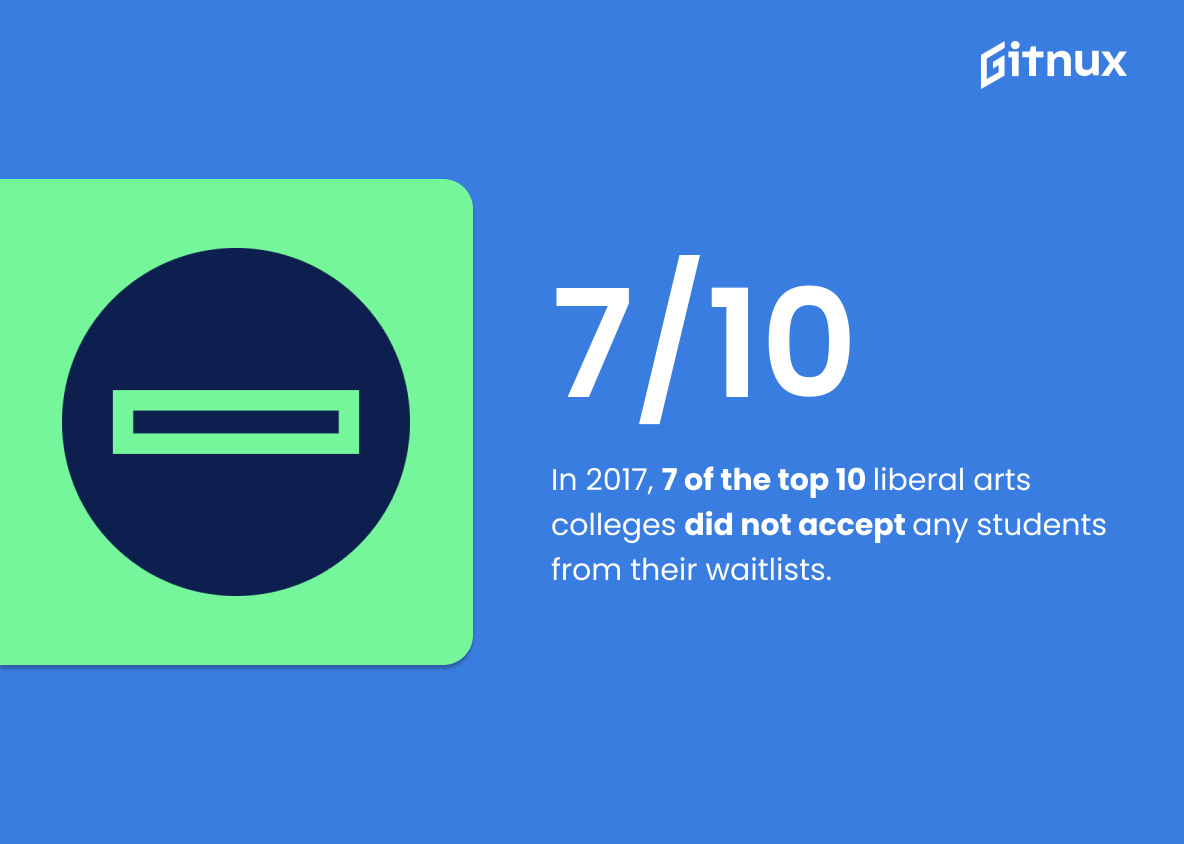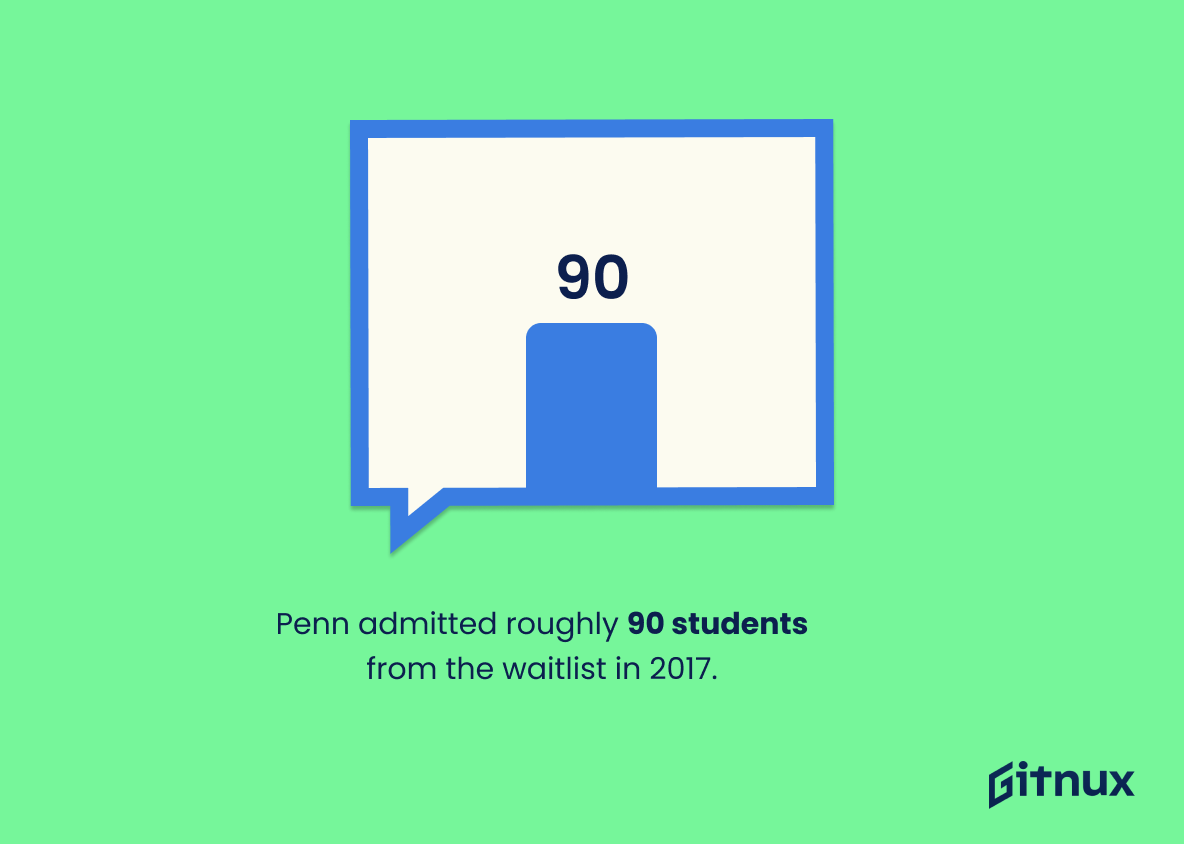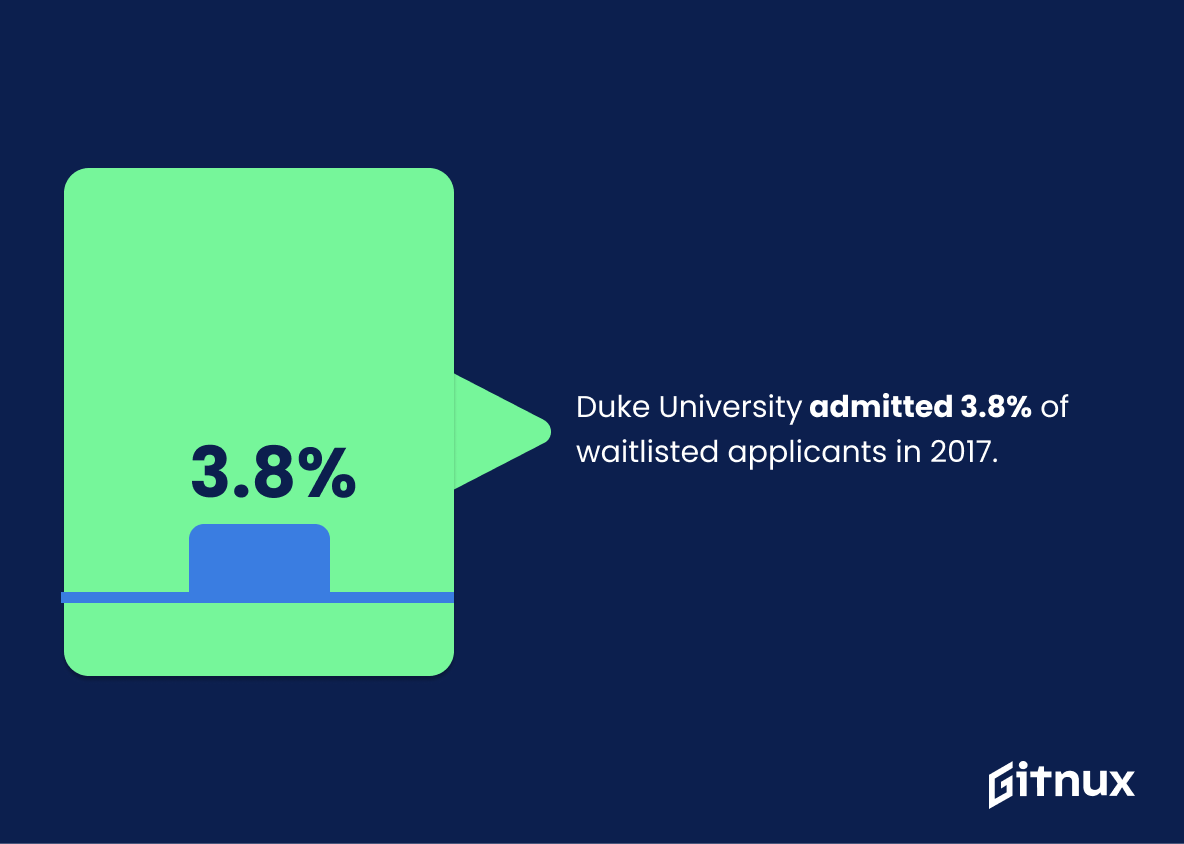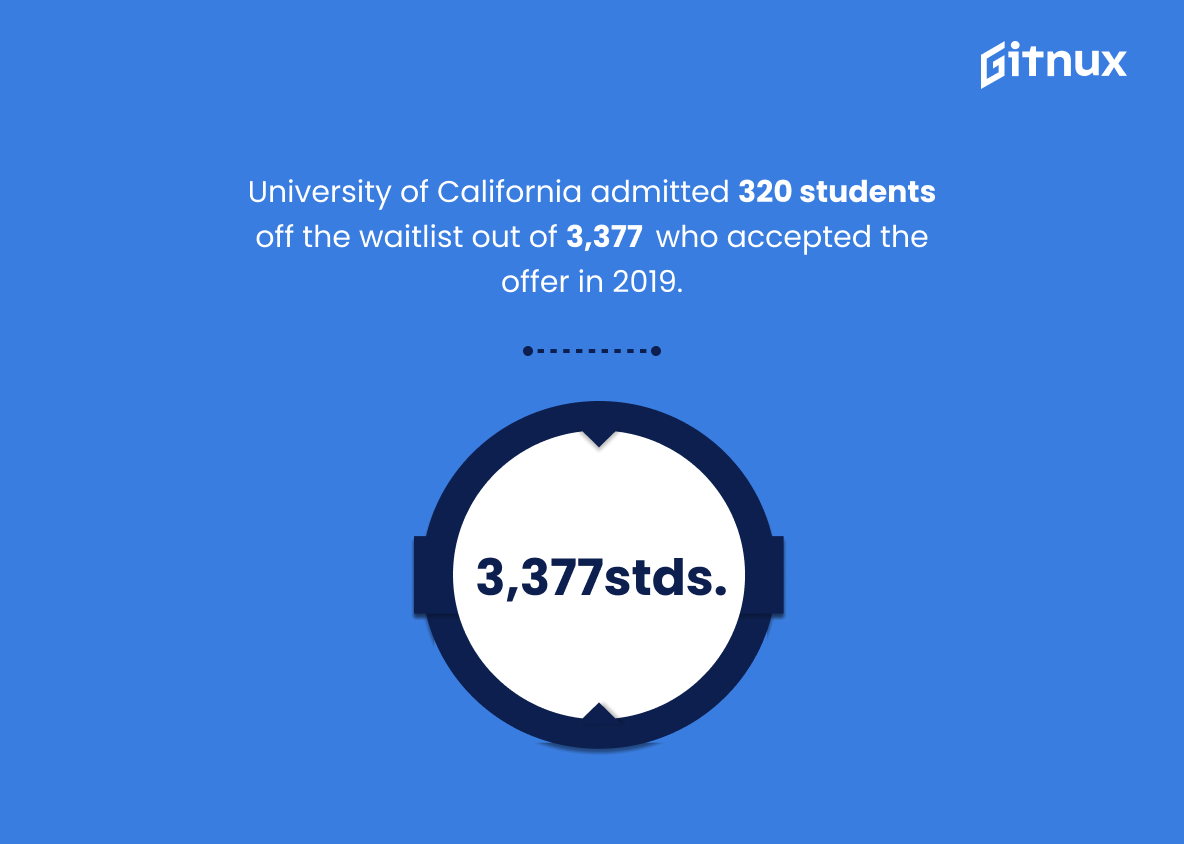Waitlisting is a common practice among colleges and universities, but it can be an uncertain process for applicants. Every year, thousands of students are placed on college waitlists with no guarantee that they will eventually gain admission to their desired school.
To better understand the odds of being accepted off a college waitlist, this blog post examines 20 statistics about college waitlists from top schools across the United States. From Ivy League acceptance rates to admissions numbers at UCLA and Boston College, these stats provide insight into how often students get admitted off the waitlist each year.
College Waitlist Statistics Overview
Georgetown University admitted 14% of waitlisted applicants in 2018.
This statistic is a testament to the fact that waitlisted applicants at Georgetown University still have a chance of being accepted. It shows that the university is willing to consider applicants who have been waitlisted and that there is hope for those who have been placed on the waitlist. This statistic is important for those considering applying to Georgetown University, as it provides a glimpse into the university’s admissions process and the likelihood of being accepted from the waitlist.
UCLA offered spots to 2,623 waitlisted students from a pool of 26,651 applicants in 2019.
This statistic is a testament to the fact that UCLA is a highly sought-after school, with a large number of applicants vying for a spot. It also speaks to the competitiveness of the admissions process, as only 9.8% of waitlisted students were offered a spot. This statistic is a valuable insight into the college waitlist process, and can help prospective students understand the odds of being accepted off the waitlist.
Harvard reported a waitlist acceptance rate of 5.9% in 2012.
This statistic is a telling indication of the difficulty of gaining acceptance from Harvard’s waitlist. With such a low acceptance rate, it is clear that the competition for a spot at Harvard is fierce, and that students should be prepared to put in a great deal of effort if they hope to be accepted.
Colgate University offered admission to 121 waitlisted students out of 1,315 in 2021.
This statistic is a testament to the fact that Colgate University is committed to providing opportunities to students who have been waitlisted. It demonstrates that the university is willing to go the extra mile to ensure that deserving students have a chance to pursue their educational goals. This statistic is a reminder that waitlisted students should not give up hope and should continue to strive for their dreams.
60% of restrictive early action applicants to Stanford University were waitlisted in 2015.
This statistic is a telling indication of the competitive nature of Stanford University’s restrictive early action admissions process. It highlights the fact that even for those who applied early, the chances of being accepted were slim. This statistic is a stark reminder of the reality of the college admissions process and serves as a cautionary tale for those considering applying to Stanford University.
In 2017, 7 of the top 10 liberal arts colleges did not accept any students from their waitlists.
This statistic is a telling indication of the competitive nature of the college admissions process. It highlights the fact that even the most prestigious liberal arts colleges are not able to accept all of the students on their waitlists, demonstrating the importance of submitting a strong application and standing out from the crowd.
Penn admitted roughly 90 students from the waitlist in 2017.
This statistic is a telling indication of the importance of waitlists in the college admissions process. It shows that even after the initial round of admissions, there is still a chance for students to gain admission to their desired school. This statistic is a reminder that students should not give up hope if they are placed on a waitlist, as there is still a chance of being accepted.
University of Virginia admitted 11% of waitlisted applicants in 2018.
This statistic is a testament to the fact that the University of Virginia is not only a highly selective school, but also one that is willing to give waitlisted applicants a chance. It shows that the university is open to considering applicants who may not have been accepted initially, and that there is still hope for those who have been waitlisted. This is an important point to make in a blog post about college waitlist statistics, as it provides hope to those who may be feeling discouraged about their chances of getting into their dream school.
Duke University admitted 3.8% of waitlisted applicants in 2017.
This statistic is a telling indication of the difficulty of gaining admission to Duke University. It highlights the competitive nature of the admissions process and the importance of having a strong application to be accepted off the waitlist. It also serves as a reminder to those considering applying to Duke that they should be prepared to put in the necessary effort to make their application stand out.
University of California, Berkeley admitted 320 students off the waitlist out of 3,377 who accepted the offer in 2019.
This statistic is a testament to the fact that the University of California, Berkeley is committed to providing opportunities to students who have been waitlisted. It shows that the university is willing to go the extra mile to ensure that those who have been waitlisted have a chance to attend the school. This statistic is a reminder that even if you don’t get accepted right away, there is still hope and you should never give up.
Princeton University admitted 15 students off the waitlist in 2019.
This statistic is a testament to the fact that Princeton University is willing to take a chance on students who may have been initially overlooked. It shows that the university is open to giving students a second chance and that they are willing to go the extra mile to ensure that the best and brightest students are admitted. This statistic is a reminder that the college admissions process is not always a straightforward one and that there is still hope for those who may have been initially denied.
Conclusion
The statistics presented in this blog post demonstrate that the chances of being admitted off a college waitlist vary greatly from school to school. While some universities, such as Georgetown University and UCLA, have higher acceptance rates for students on their waitlists than others, many top schools do not accept any applicants from their waitlists at all. Additionally, Ivy League colleges tend to have lower acceptance rates for those on the waitlist compared to other institutions.
Ultimately, it is important for prospective college students to research each university’s admissions policies before applying so they can make an informed decision about where they should apply and what their chances are of getting accepted off a college waitlist.
References
0. – https://www.businessinsider.com
1. – https://www.dailybruin.com
2. – https://www.qz.com
3. – https://www.colgate.edu
4. – https://www.thedp.com
5. – https://www.stanforddaily.com
6. – https://www.news.virginia.edu
7. – https://www.berkeleyside.com
8. – https://www.princeton.edu
9. – https://www.applerouth.com
10. – https://www.blog.prepscholar.com
11. – https://www.collegereadiness.collegeboard.org
12. – https://www.insidehighered.com
